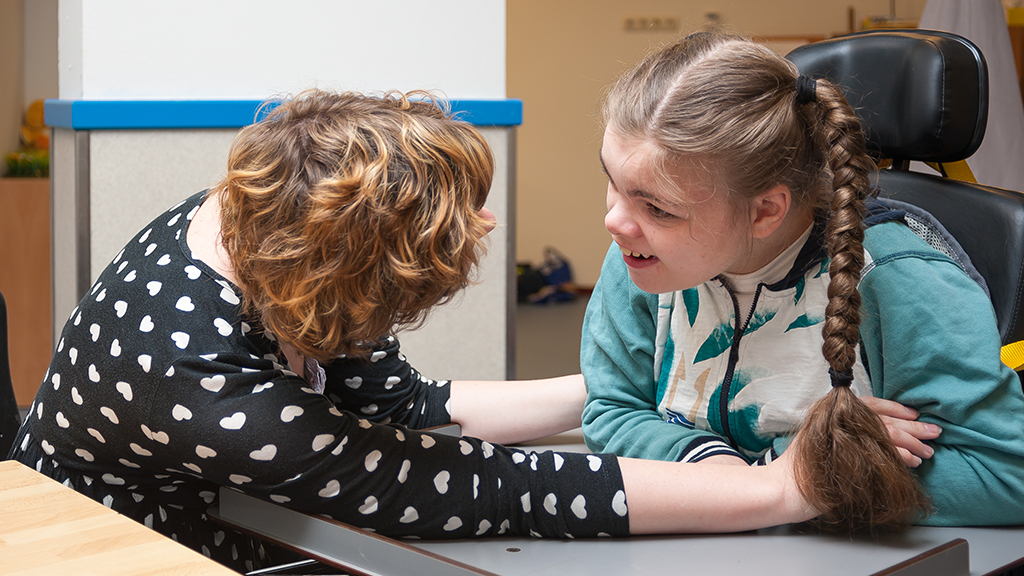In the past week, it has been reported that between the period of June 2020 to June 2021 certain NDIS providers reportedly used unauthorised restrictive practices over 1 million times. This comes only months after the commonwealth and states of Australia agreed to ‘work to reduce, and ultimately eliminate, the use of restrictive practices on people with disability’ (Henriques-Gomez, 2021). With that agreement so recent in the past, what can NDIS providers do to more securely safeguard their practice against the use of unauthorised restrictive practices?
What are the findings of the report?
The report, published in late 2021, states that the usage of unauthorised restrictive practices – previously known as restraints – was reportedly over 240% higher than usage between June 2019 to June 2020, massively increasing from 302,690 reported instances to 1,032,064 reported instances (Henriques-Gomez, 2021).
There are various types of restrictive practices, including mechanical restrictors (straps, etc.), chemical restrictors (sedatives, etc.) and environmental (removed property such as phones or parts of the client’s home). There were over 585,847 instances of using mechanical restrictors, 376,575 instances of using environmental restrictors, and 68,589 instances of using mechanical or physical restrictors (Henriques-Gomez, 2021).
Additionally, reported allegations of sexual assault, of any death, of unlawful sexual or physical contact and of alleged abuse or neglect increased by 19%, 40%, 20% and 64% respectively (Henriques-Gomez, 2021).
What can be done to mitigate the risk of unauthorised use of restrictive practices?
Firstly, all NDIS providers, healthcare workers and professionals must understand the definition of restrictive practices. Secondly, they must know which restrictive practices are unauthorised or ‘prohibited’. Lastly, it is essential that all NDIS providers, healthcare workers and professionals must understand why restrictive practices are so heavily regulated and largely prohibited.

What are ‘restrictive practices’?
Restrictive practices are generally defined as ‘any practice or intervention that has the effect of restricting the rights or freedom of movement of a person with disability’ (Ausmed (1), 2021). Escalating situations – more commonly known as ‘changes in behaviour’ – may require the use of certain authorised restrictive practices. The goal of using these practices is to mitigate risk of the individual toward others and themselves, and to prevent an emergency.
Which restrictive practices are unauthorised or ‘prohibited’?
There are three main categories of unauthorised restrictive practices, and eight sub-categories. Find all of them listed below (Ausmed (1), 2021):
- Certain types of physical restraint that are associated with a high risk of injury and death, including:
- Prone restraint (forcing a participant face-down)
- Supine restraint (forcing a participant face-up)
- Pinning a participant down
- Basket holding (wrapping arms around a participant’s upper and/or lower body)
- Takedown techniques (forcing a participant to fall to the floor)
- Physically restraining a participant in a way that impairs respiratory or digestive functioning
- Pushing a participant’s head forward onto their chest
- Inflicting pain, hyperextending joints or putting pressure on the chest or joints
- Using restrictive practices as punishment
- Taking away basic needs or supports.
Why are restrictive practices so heavily regulated?
Since the Royal Commission into Violence, Abuse, Neglect and Exploitation of People with Disability was established in 2019, many uses of restrictive practices in Australia are now viewed as ‘potentially harmful violations of human rights’ (Ausmed (1), 2021). It is reasoned that the systematic removal of a disabled person’s freedoms is harmful to both their sense of self and their dignity and this is not new. In the 2009 research report Experiences of restrictive practices: A view from people with disabilities and family carers, the authors stated that carers' ‘controlling behaviours that do not make sense or which do not accomplish' a predetermined outcome ‘are a fundamental threat to [people with disabilies'] integrity as human beings.' (Ramcharan et al, 2009).
However, the NDIS Quality and Safeguards Commission has put in place the governance frameworks and regulations to minimise this sort of irresponsible and dangerous care. These regulations include the list of unauthorised restrictive practices, a code of conduct, explanations pertaining to effective and respectful communication, and efforts to implement continued training for care workers.
Where can you and your colleagues learn more?
The NDIS Quality and Safeguards Commission is not just a means of making complaints about inadequate or abusive services. It is also a great resource for locating updated regulations, reports on industry news, and lists of provider responsibilities.
Ausmed has a brief and thorough explanation of when it is acceptable and unacceptable to use restrictive practices under the NDIS. Additionally, Ausmed has many resources focused upon communicating effectively, respectfully and efficiently with all patients, including people with disabilities. Find a list of relevant Ausmed learning resources below, as well as a link to our Disability, Community and Home Care learning hub.
Relevant Ausmed resources
- Restrictive Practices Under the NDIS | Ausmed
- Effectively Communicating Residents’ Care Needs | Ausmed
- Positive Behaviour Support Under the NDIS | Ausmed
- Disability, Community and Home Care CPD | Ausmed
References
- Editorial Team, A. 2021 (1), 'Restrictive Practices Under the NDIS', Ausmed, 10 September, viewed 11 November 2021, https://www.ausmed.com.au/cpd/articles/restrictive-practices-ndis
- Henriques-Gomez, L 2021, ‘NDIS providers used unauthorised restraints on clients over a million times in 12 months’, The Guardian, viewed 11 November 2021, https://www.theguardian.com/australia-news/2021/nov/10/ndis-providers-used-unauthorised-restraints-on-clients-over-a-million-times-in-12-months
- NDIS Quality and Safeguards Commission, 'About', viewed 12 November 2021, https://www.ndiscommission.gov.au/
- Ramcharan, P., K. Nankervis, M. Strong & A. Robertson 2009, ‘Experiences of restrictive practices: A view from people with disabilities and family carers’, The Office of the Senior Practitioner, viewed 11 November 2021, https://www.dhhs.vic.gov.au/sites/default/files/documents/202012/Experiences%20of%20restrictive%20practices%20report.pdf
- Royal Commission into Violence, Abuse, Neglect and Exploitation of People with Disability, ‘First Progress Report’, viewed 12 November 2021, https://disability.royalcommission.gov.au/publications/first-progress-report



